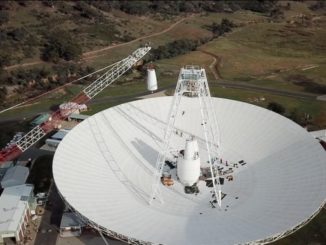
NASA’s Jet Propulsion Laboratory

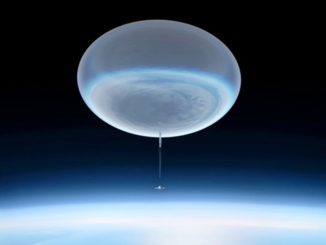
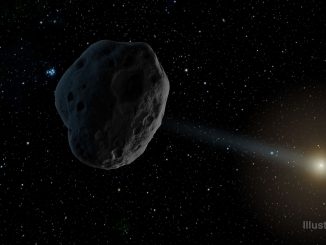
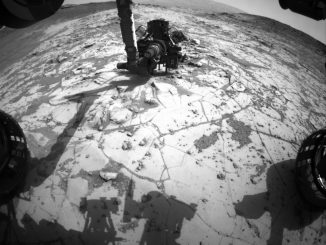

Icy moon Mimas dwarfed by Saturn’s rings
Saturn’s icy 246-mile-wide moon Mimas (near lower left) appears tiny by comparison to the planet’s rings, but scientists think the all of the small, icy particles spread over a vast area that comprise the rings are no more than a few times as massive as Mimas. The view was obtained by NASA’s Cassini spacecraft at a distance of approximately 564,000 miles from Saturn.
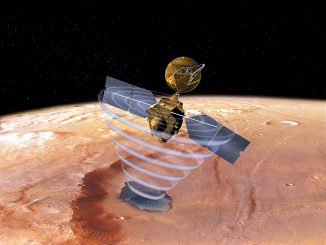
Martian ice deposit holds as much water as Lake Superior
Researchers using NASA’s Mars Reconnaissance Orbiter have determined that frozen beneath a region of cracked and pitted plains on the Red Planet there lies about as much water as fills Lake Superior, largest of the Great Lakes. Scientists examined part of Mars’ Utopia Planitia region with the orbiter’s ground-penetrating instrument, revealing a deposit more extensive in area than the state of New Mexico.

Saturn probe prepares for dramatic ring-grazing orbits
A thrilling ride is about to begin for NASA’s Cassini spacecraft. Engineers have been pumping up the probe’s orbit around Saturn this year to increase its tilt with respect to the planet’s equator and rings. And on 30 November, following a gravitational nudge from Saturn’s moon Titan, Cassini will enter the first phase of the mission’s dramatic endgame.
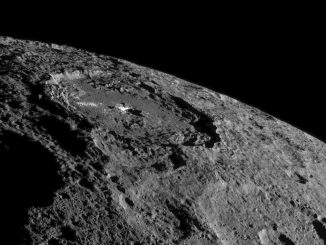
New views of dwarf planet Ceres as Dawn moves higher
The brightest area on Ceres stands out amid shadowy, cratered terrain in a dramatic new view from NASA’s Dawn spacecraft, taken as it looked off to the side of the dwarf planet. Dawn snapped this image from about 920 miles (1,480 kilometres) above Ceres in its fifth science orbit, in which the angle of the Sun was different from that in previous orbits.
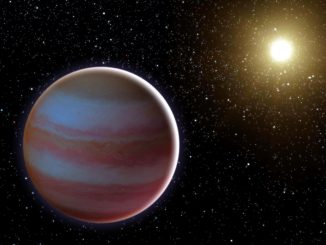
Microlensing observations with space telescope duo reveals brown dwarf
In a first-of-its-kind collaboration, NASA’s Spitzer and Swift space telescopes joined forces to observe a microlensing event, when a distant star brightens due to the gravitational field of at least one foreground cosmic object. This technique is useful for finding low-mass bodies orbiting stars, such as planets. In this case, the observations revealed a brown dwarf.
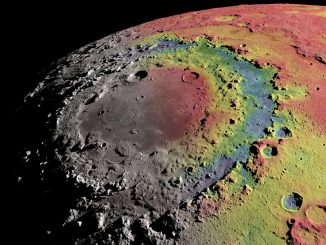
Lunar impact: how the Moon’s Mare Orientale was formed
The Moon’s Orientale basin is an archetype of “multi-ring” basins found throughout the solar system. New research has enabled scientists to reconstruct Orientale’s formation using data from NASA’s GRAIL mission. It is now thought that the 580-mile-wide feature was created 3.8 billion years ago by an impacting object some 40 miles across travelling at about 9 miles per second.
